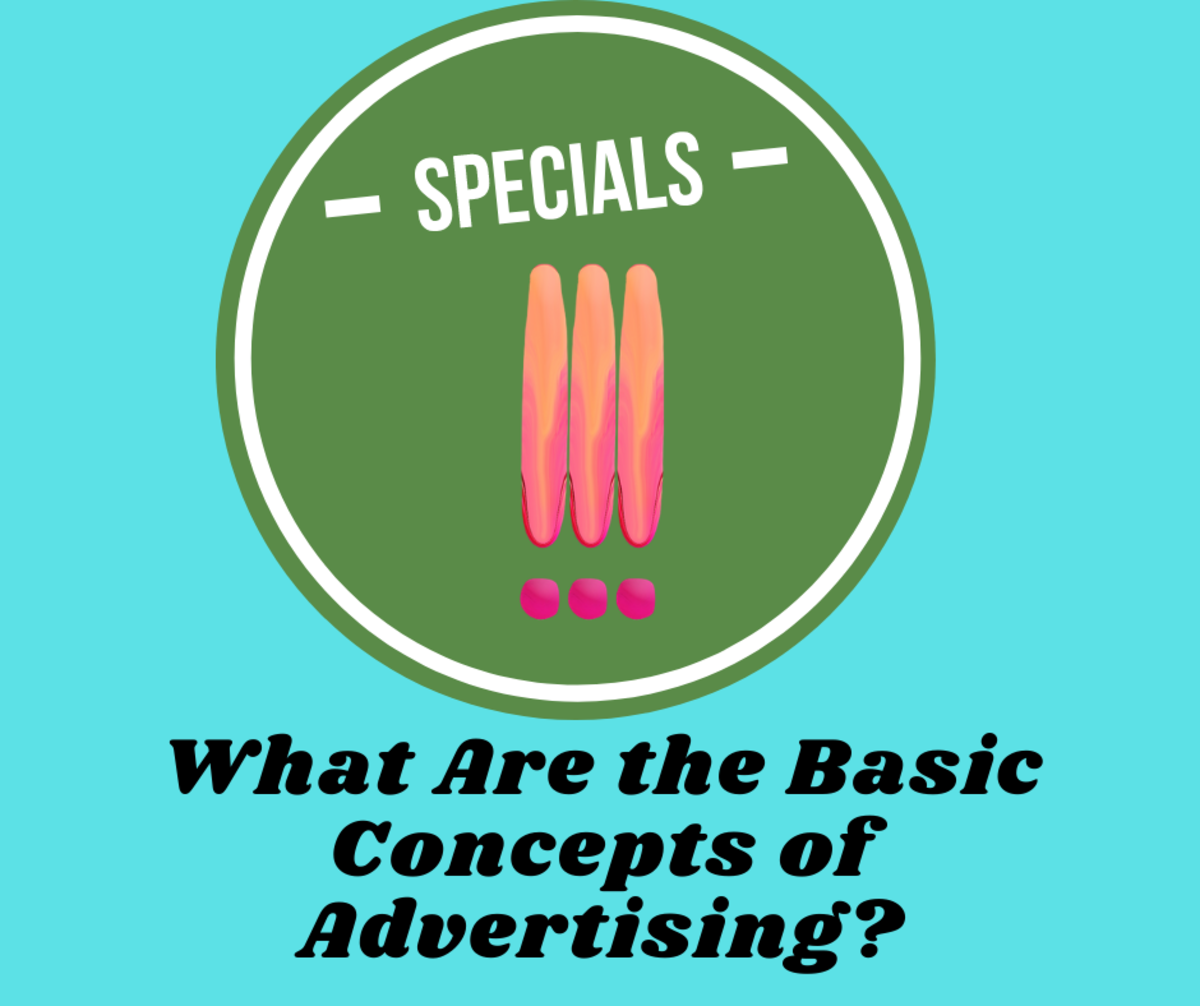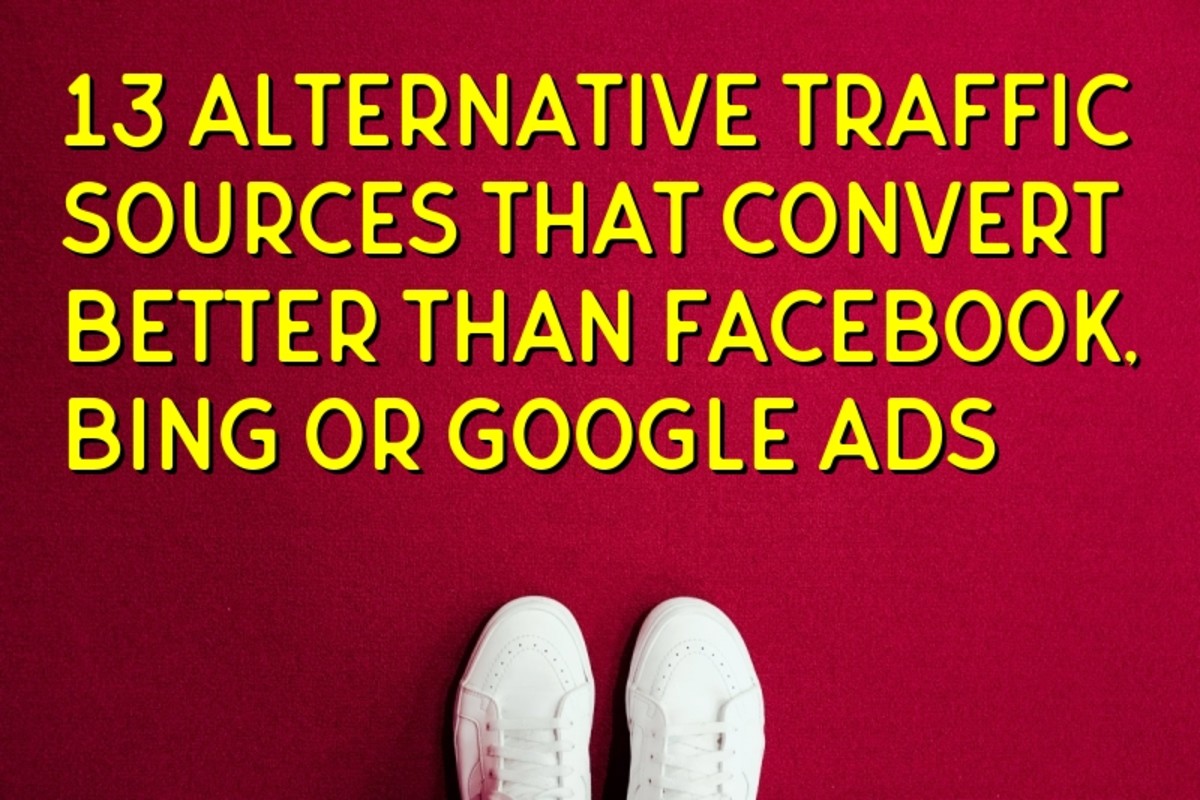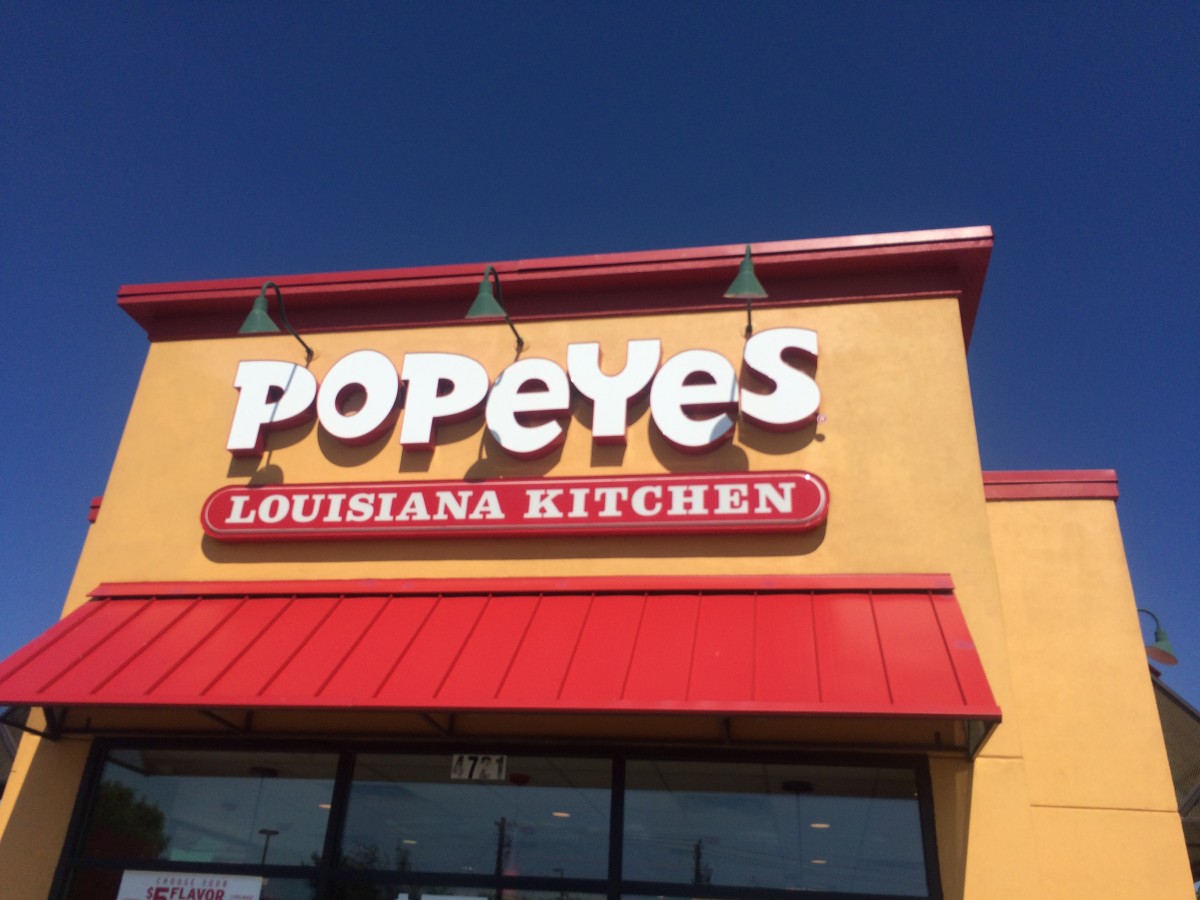What is Print Advertising?

Print Advertising Defined
Print advertising most typically appears in newspapers, magazines, books, mass mailing materials, promotional mailings and other printed materials. Most people today see print advertising in newspapers and magazines. A print ad will most likely have a main image and a single, main message.
When I started college in 1978 as an advertising major, print advertising was still being taught. My first ad agency job in 1982 as a junior art director required me to work primarily on print advertising. The definition of print advertising was an ad that appeared in some type of printed media.
The best print advertising depicts a single image along with a main message.

For example, in the print ad to the right, a product known as "Gee, Your Hair Smells Terrific" is featured. It's basically a shampoo with a particular scent that remains in the hair for a time.
Notice that the ad isn't selling the product, it's selling the reaction a consumer will experience if they use the product. This was the basis of most effective print ads.
There is just one large primary image that supports the copy (which just happens to be the name of the product as well).
A smaller image of the product with some descriptive ancillary copy appear at the bottom of the ad.
In my day, this full page ad represented the best in print advertising.
.
When Print Advertising was King
Before television became affordable for every household, print advertising was one of the best ways to get the message out to millions of consumers.
In those days, David Ogilvy was one of the best print ad copywriters around. In 1948, he started and built one of the largest advertising agencies in the world - then known as Ogilvy & Mather. In the 1960's O&M had a huge stable of large international clients like American Express, Ford, Maxwell House, Kodak, Coca-Cola, IBM and Nestle.

It was David Ogilvy who created many of the more well-known print ad campaigns like "Only Dove is one-quarter moisturizing cream" for Dove beauty soap and "Don't leave home without it." for American Express.
Both campaigns, and many other just as successful, included massive print advertising campaigns in newspapers and publications around the globe. The Dove campaign made Dove the best-selling soap in the US.
David Ogilvy was so revered by the advertising industry that his book titled Ogilvy on Advertising is still read widely by many seasoned advertising professionals as well as those just starting out in the ad industry. Today, print advertising is still a major part of any organization's overall advertising and marketing efforts.
.
Print Advertising's Heyday in the 1960's
In the AMC television series MadMen, the advertising world was just beginning to come into it's own. In the early 1960's and 1970's, print advertising was the most popular and effective way to advertise anything from cigarettes to aerospace.
In these early days of print advertising, almost anything could be stated or printed in a print ad. In many cases, the only thing that restricted an outrageous claim was simple ignorance, societal values or common decency. It was during this time that advertising agencies began to be perceived as deceptive. That image of a disingenuous touter of goods remains in the minds of many people even today.

A good example of this outright deception (possibly ignorance) in print advertising is depicted in the ad appearing to the right.
In this vintage 19th century print ad, the "electric belt" claims to help men "Who are debilitated, and suffering from nervous debility, seminal weakness…impotency or lost manhood, rheumatism, lame back, kidney troubles, nervousness, sleeplessness, poor memory & general ill health."
This was quite an extraordinary belt - I wonder if anyone was actually helped by this "miracle" contraption.
.

The Origins of Print Advertising
In the early days of modern-day print advertising, there was practically no regulation. Companies could - and did - include the most outrageous products, services and promises ever conceived by the human mind.
Imagine a print ad that suggested you put strawberry ice cream on your morning breakfast cereal. That's really not so bed, right? Well it was much worse than that in the early years of print advertising.
One of my favorite early print ads is the late 1800's "Tapeworm Diet" print advertisement.
In this infamous ad, sanitized tapeworms are said to be a safe way to drop that "life shortening fat." This ad promises "no ill effects" and states the tapeworms are "easy to swallow." The image on this ad portrays a woman standing behind a huge pile of food items. If you would like to see this ad, simply enter "tapeworm ad" into Google and it will show up in several of the top spots.
Obviously, in the early days of print advertising, there was no regulation.
.

Print Advertising Today
While still a viable and effective means of advertising, print ads are not as popular or widely used as they once were. Many regulations and restrictions have also been placed on print advertising through the years.
A good example of this is the tobacco industry. In the early days, cigarette companies could say anything they want about their product in print ads.
Some of these ads actually touted smoking as healthy - note the copy at the bottom right of this ad, "More doctors smoke Camels than any other cigarette."
Today, print advertising is regulated by the government and must meet certain requirements before they can be published or printed. Some organizations may scrutinize a print ad for many months before granting approval for publication.
As long as there are books, magazines, newspapers or other types of printed materials, print advertising will likely remain an effective means to reach large numbers of consumers for many years to come. One day, in the not-so-distant future, there may come a day when print advertising in it's current form may be non-existent.
.
_______________________________________________________________









